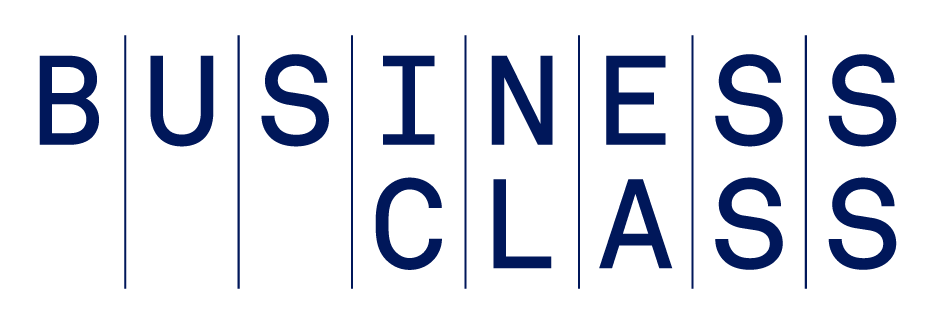Do you have customers who never pay on time? You’re not alone. So what can you do? Try the following tips to collect money from clients.
1. Review receivables at least once a week.
Why do small-businesses end up letting late-paying customers slide? Often it's because because they're too busy to track receivables. Accounting software can help if you use it to review your receivables at least once a week. From there, develop a system for following up with delayed payments that are three days, one week, 15 days, 30 days and 45 days late—and stick to it.
2. Be mentally prepared to collect the late payment.
It’s important to be committed to getting paid, because late-paying customers will have all kinds of reasons why. So, what to do when a client doesn't pay? You need to be friendly but professional, and stay firm. If you can’t approach the collection process with this mindset, it's hard to be effective. If you’re not a good negotiator, consider delegating collections to someone in your company who is. (Be sure to make it part of someone’s job rather than an afterthought that a busy employee handles on the side.)
3. Start by sending a reminder letter about the late payment.
Letters are a polite way to remind customers of their lack of payment. (It’s actually a good idea to send reminders a few days before a payment is due.) Consider creating a standard form letter you can use in each situation; since it’s a form letter, customers aren't likely to take it personally. Be sure to end the letter by asking your client to contact you to discuss payment—this gives them an “out” if there's a problem on their end.
4. Next, make a phone call.
If 30 days have gone by and you haven't heard from your client or received a payment, it’s time to consider getting on the phone. Phone calls are harder to ignore than letters, and in many cases, speaking to you can help to spur a client to spill the beans about what’s really preventing them from paying.
5. Don’t get angry.
At this point, consider simply to figuring out what the problem is and how you can possibly get paid. Assess how valuable the client is to you, how likely they are to recover from the current difficulty and become a paying customer once again, and how much of the money owed you can reasonably hope to recoup. Here are the most common options:
Consider offering a payment plan.
Ideally, you want to get all your money back. Offering the client an installment plan is often the best option for helping to accomplish this. Someone who can’t pay a $10,000 lump sum may be able to pay you $500 a month for 20 months.
Phone calls are harder to ignore than emails or letters, and in many cases, speaking to you can spur a client to share about what’s really preventing them from paying.
Depending on your original agreement with the client, you may also be able to charge interest or late fees—but if this is going to make it hard for the client to pay you at all, it might be best just to charge them the original amount.
Consider allowing partial payment.
While it’s not for everyone, accepting a partial payment is another option that may be helpful. In the example above, if you can’t afford the hit to your cash flow that an installment plan would cause, you could perhaps offer to accept $6,000 as full payment for the $10,000 owed. This way, you get some money faster at the cost of a long-term loss.
6. Consider hiring a collection agency.
Collection agencies typically take a percentage of the money they recover for you; sometimes, they’ll buy your debts outright and handle collecting the money themselves. In either case, you’re likely to get a fraction of the overall amount. Weigh the possible outcome—including the customer’s ill will—against the the third-party fees before you choose this option.
On-Time Payment Tips: Prevent Late Payments
There’s a lot that you can do to help encourage on-time payment in the future. Here’s a look at some tips for setting up your business for success.
Introduce pre-payment options.
Pre-payment isn’t feasible in every business, but it is helpful for a number of business models. If this is an option that would work for you, consider offering pre-payments with incentives, say 15% off on all pre-paid orders or standing orders.
Reward early payment.
Finally, consider incentivizing early payment next time. Making it clear that there is a discount of say 10% for on-time payment is a positive way to encourage your customers to be on time, every time.
Charge late fees.
Customers are usually more eager to get those outstanding balances caught up if they know there will be a late fee charged to their account.You can communicate upfront that a late fee will be automatically applied when a payment is considered past due. To be effective, clearly state your policy--including when the payment is due and what the late fee will be.
Painful as they are, cases of hard-to-collect payments can be good opportunities to build safeguards against more such cases in the future. To avoid chasing down money you're owed, find the right mix of safeguards and incentives and clearly communicate them to your customers.
FAQs on How to Collect Overdue Payments From Clients
1. How do you collect overdue payments from a customer?
Follow up with the customer reminding them of their outstanding invoice. Always be friendly and keep communication open. If the customer is having trouble paying, consider working together to find a solution; a payment plan can help to spread out payments. Alternatively, you can offer to collect payments online via installments or you can outsource the collection of the debt to a collection agency.
2. How do you deal with a client not paying on time?
Maintain an open and friendly dialogue with your customer. Don't forget to send them reminders. Talk to your customer. If they are having trouble paying, consider offering them an extension if needed or a payment plan to break up the amount. Also, make it easy for your customers to pay you in the first place by offering a variety of different payment methods.
A version of this article was originally published on June 25, 2014.
Images: Getty







